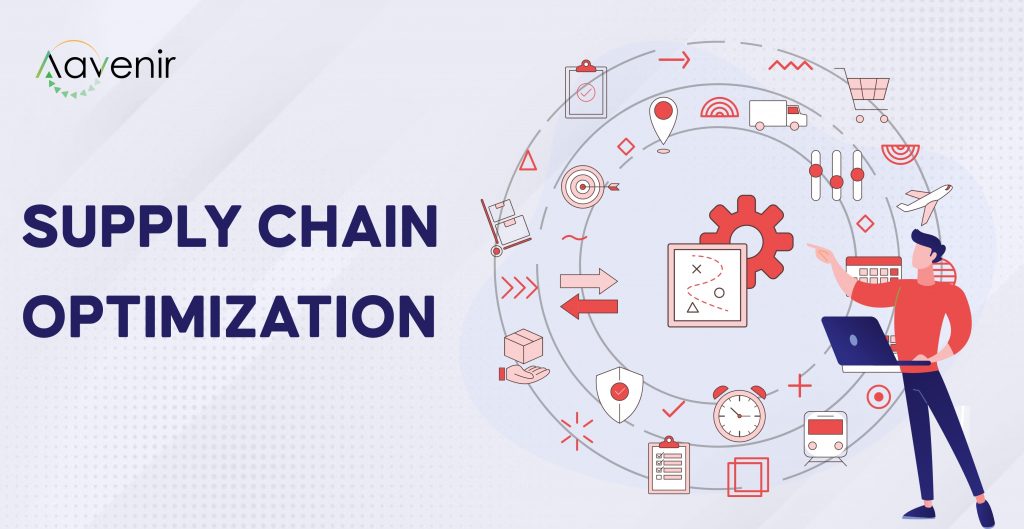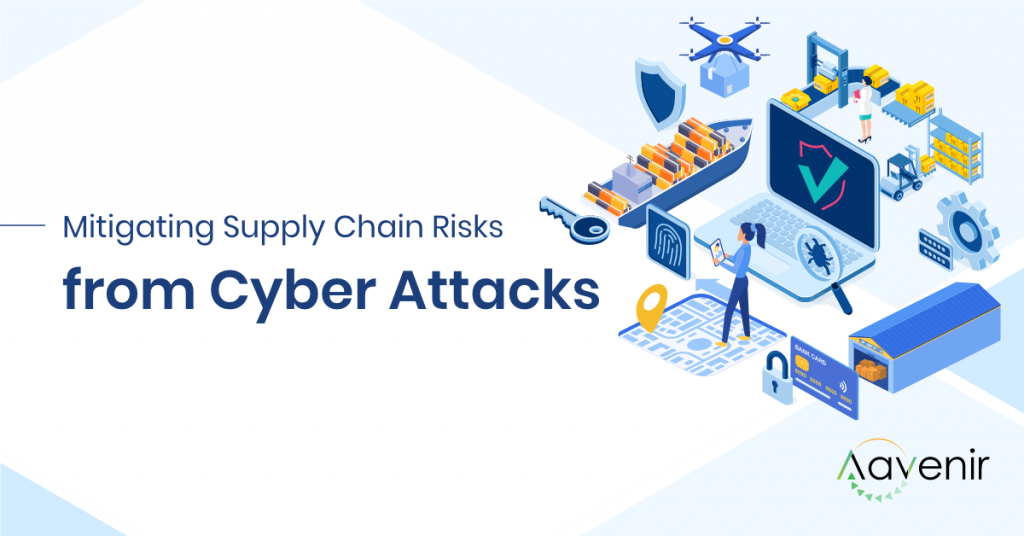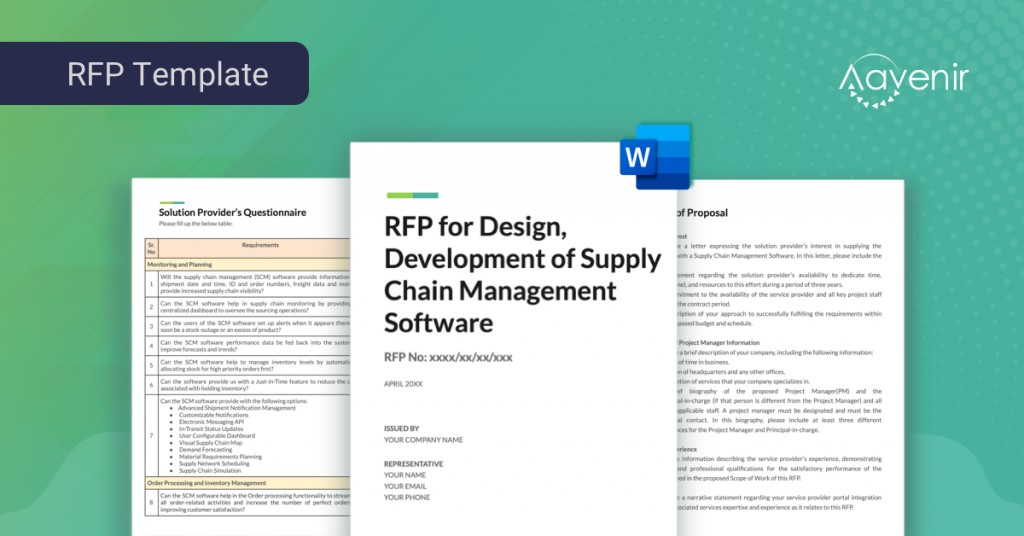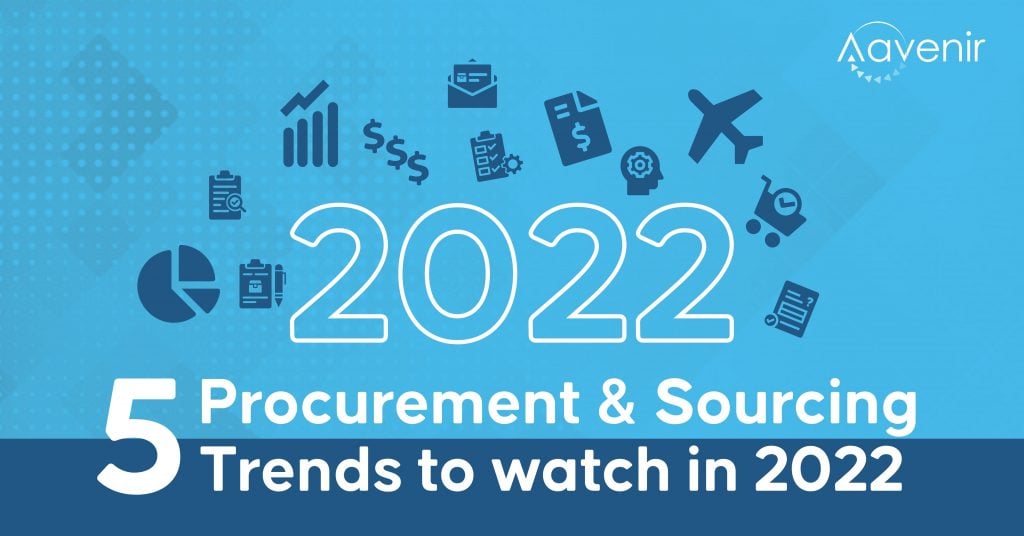What is Supply Chain Optimization?- Definition
The term “supply chain optimization” means operating a supply chain at peak efficiency. This is based on key performance indicators including total operating expenses and gross margin return on inventory invested. The goal is to deliver products to customers at the lowest total cost with the highest level of profit. In order to meet these goals, managers must balance the costs of manufacturing, inventory, transportation, fulfillment and customer service expectations.
he term “supply chain optimization” means operating a supply chain at peak efficiency. This is based on key performance indicators including total operating expenses and gross margin return on inventory invested. The goal is to deliver products to customers at the lowest total cost with the highest level of profit. In order to meet these goals, managers must balance the costs of manufacturing, inventory, transportation, fulfillment and customer service expectations.

Understanding Supply Chain Optimization
Supply chain optimization makes the best use of technology and resources like blockchain, AI and IoT to improve efficiency and performance in a supply network. An organization’s supply chain is a critical business process that is crucial for a successful customer experience. A high-performing supply chain enables business efficiency and responsiveness, so customers get what they want, when and where they want it — in a way that is both profitable for the organization and contributes to supply chain sustainability.
There are three phases that occur within a successful supply chain optimization process:
- Supply chain design
Describes network design processes like where warehouse facilities are located and how product flows between them, and strategic objectives like demand forecasting, establishing supplies, and the planning and scheduling of manufacturing operations.
- Supply chain planning
Includes the creation of a strategic supply chain deployment plan, inventory planning, and the coordination of assets to optimize delivery of goods, services and information from supplier to customers — balancing supply and demand.
- Supply chain execution
Focused on execution-oriented applications and systems: warehouse and inventory management, transportation management, global trade management, and other execution applications, such as real-time decision support, supply chain visibility and order management systems.
Why is Supply Chain Optimization Important?
Supply chains are complicated, but that complexity pays technological dividends, especially when blockchain is combined with AI and IoT.
A well-designed supply chain optimization process addresses the following issues:
- Silos
Supply chains can’t get the insight they need because data is siloed, and they lack end-to-end visibility — ultimately this impacts their ability to meet customer needs. A supply chain optimized through connected technology is the best solution for informational silos.
- Client needs
Rising customer expectations mean supply chains must innovate and optimize every step of the way to meet those needs. Streamlining the supply chain is a priority for organizations that want to continue to meet and exceed customer expectations.
- Competitive advantage
Supply chains of the past focused on network design — warehouse placement and the distribution fleet. Today optimization is key to building competitive advantage and protecting the brand, with a focus on execution-oriented applications and real-time decision support.
- Agility
How fast can your supply chain respond to change, whether customer demands, competition or supply disruptions? Modern supply chains must be agile to remain competitive.
- Sustainability
Supply chains have enormous environmental and social impacts. Today’s customer wants to know if your goods are produced in a sustainable and ethical way, using renewable or low-impact extraction methods.
Explore Additional Resources to Know More





